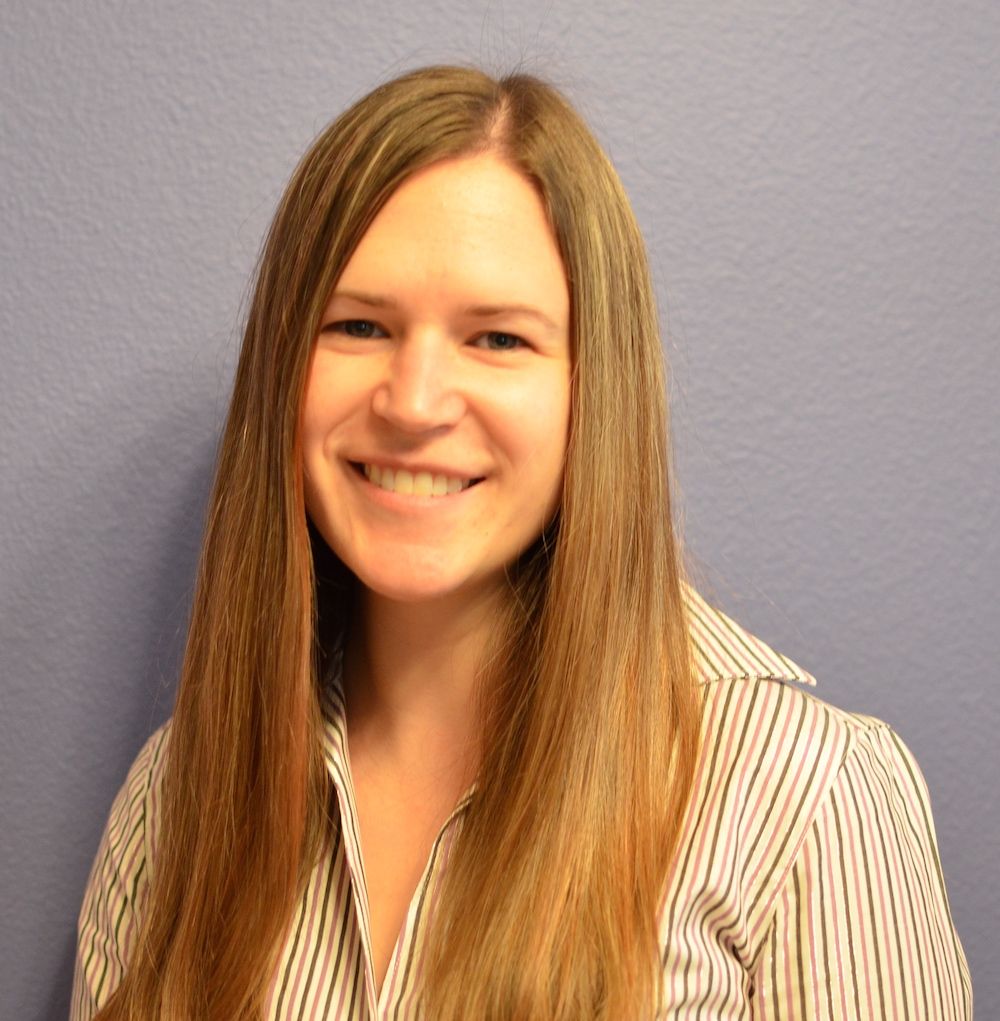Petrophysics and Geology Intertwined: A Case Study of an Integrated Modeling Workflow
OR
About the Course
SPWLA members, view the course for free!
SPWLA Distinguished Speaker Series. California is home to many world-class oil reservoirs, including the San Ardo field’s heavy oil Aurignac reservoir, located in the Salinas Basin. Aurignac primary production was initiated in 1949. In the intervening years, a number of enhanced thermal oil recovery methods were employed. An increase in reservoir pressure has made the continuing use of steam-enhanced recovery methods impractical but has created an opportunity for a new strategy. The best reservoir quality and remaining oil volumes are concentrated in laterally continuous sand zones that are on average 20 feet thick. A horizontal well development is attractive due to this combination of sand body geometry and the higher reservoir pressure, along with availability of surface infrastructure and improvements in drilling technology. This new strategy warrants a geocellular model that provides a detailed framework within which to design and prioritize horizontal well paths.
The dataset for the Aurignac reservoir presents some modeling challenges. Due to previous recovery methods and a wide range of log vintages, porosity and resistivity datasets representing original conditions have different areal distributions. Our modeling approach addresses this by creating individual resistivity and porosity models, then populating each control point with a full set of data through the use of extracted pseudocurves. This modeling workflow utilizes an iterative quality control process to identify anomalies and remove artifacts while preserving true formation responses. Core data and other log data are used to support data quality control decisions. Core is also used to calibrate the porosity and oil saturation calculations. Oil saturations are calculated from a basic Archie equation to avoid imposing assumptions that cannot be substantiated. The property model is populated by the outputs of the porosity and saturation calculations and propagated into a structural framework. The property model assumes lateral continuity based on an interpreted shallow marine lower shoreface environment. Core data and modern logs are used to confirm the model-generated saturations. Given an atypical dataset distribution, integrating petrophysics with geologic interpretation yields a robust property model appropriate for planning a horizontal well development.
Your Instructor

Abbie V. Morgan is a petrophysicist for Aera Energy LLC in Bakersfield, CA, with experience working in both the exploration and production groups. She first joined the industry as a wireline field engineer with Schlumberger. She holds a bachelor’s degree in physics from Cornell University, where she participated in particle accelerator research in the Laboratory for Elementary Particle Physics.
